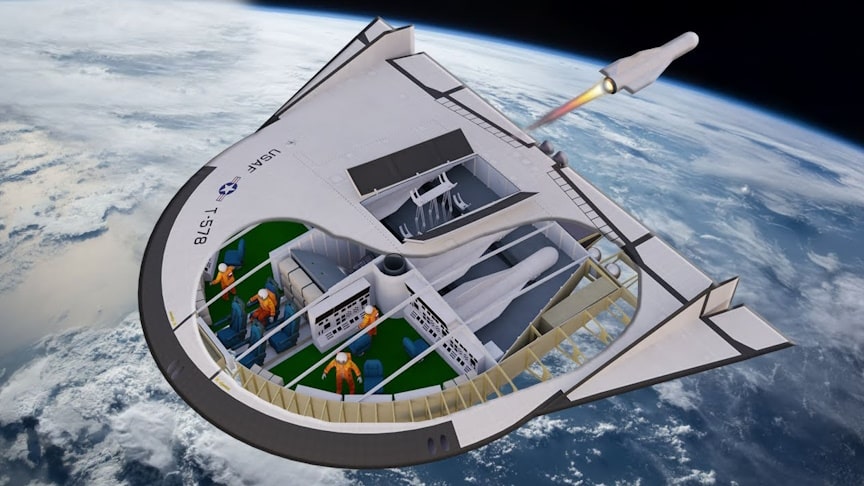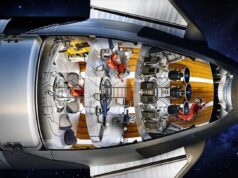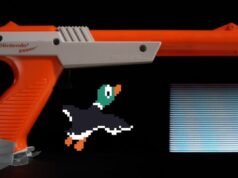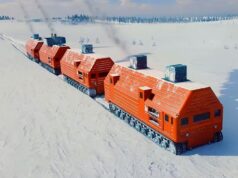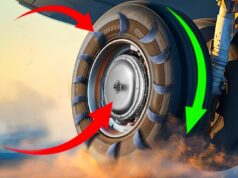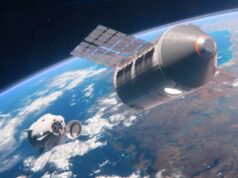In the early 1960s, the U.S. Air Force purportedly began development of a modified flying saucer-like airframe for use as a spaceborne nuclear weapons platform. Dubbed the “Lenticular Re-Entry Vehicle” (LRV).
source.image: Found And Explained
The LRV is a semi-disc with a flattened rear end, approximately 12 meters long, and will carry nitrogen tetroxide (N2O4) and hydrazine (N2H4) to support a four-person crew on a six-week orbital mission. In addition to the rocket engine for propulsion that uses fuel as fuel, it was equipped with a nuclear reactor for power generation, and in addition to the cockpit, the aircraft was equipped with a living space for the crew, including beds, an exercise space, and a dining table.
To be launched atop either a Saturn-like multi-stage rocket or one of the nuclear-powered rockets then under development, the LRV with its crew of four was to be launched into a 300-nautical-mile-high orbit where it would wait in “Fail Safe” mode for several weeks before either launching its nuclear weapons at the Soviet Union/China/North Korea or returning to earth.
Advertisement
Landing would be via controlled re-entry and a glide landing on a dry lakebed. Although this “Black Budget” project may never have gotten beyond the design stage, there is some physical evidence that prototype vehicles were indeed test-flown in the 1960s. One such intriguing piece of evidence is a strange “honeycomb” cross-section of an exploded disc recovered near Brisbane, Australia in 1966. The LRV was designed to carry a crew of four with mission duration of up to six weeks.

